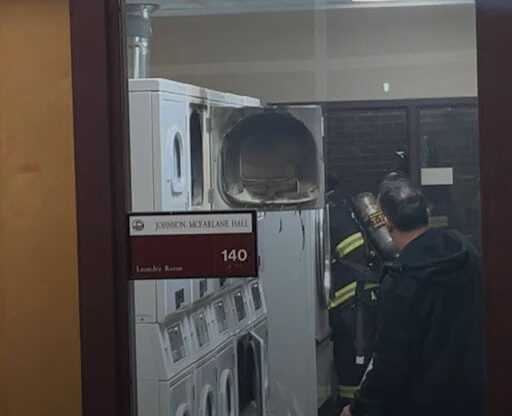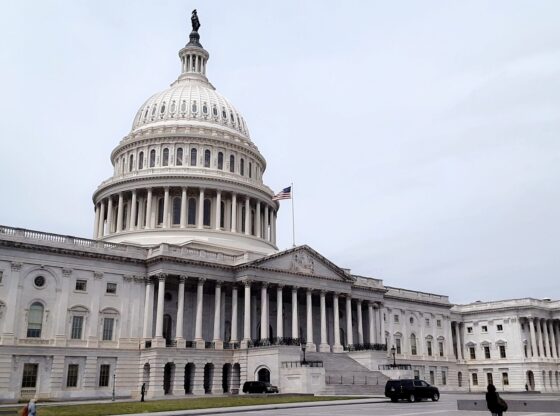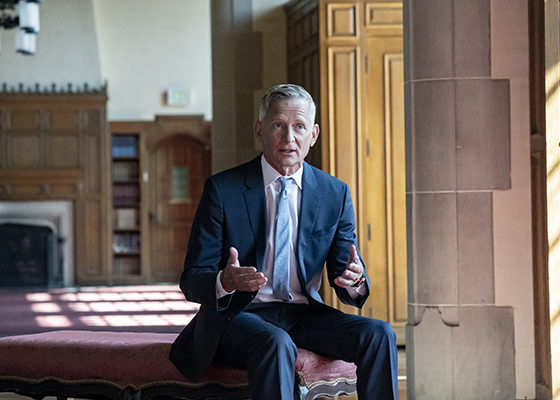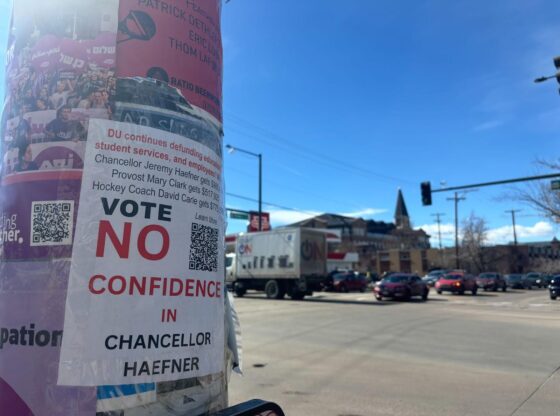The idea of inclusive excellence at DU relies on a range and diversity of identities including, but not limited to, race, culture, gender, sexuality, socioeconomic status, religion and politics. However, one identity that is not often discussed is that of ability and disability. Those with disabilities are present and involved on the DU campus, though they may fly under the radar if the disability is one that doesn’t necessarily present itself physically. While DU is accepting of those with varying ability, access for those who are physically disabled needs to be improved in order to make students feel more welcome when getting around campus.
In DU’s academic setting, those with disabilities seem to be well included and supported. All professors have a section in their syllabus about services and flexibility as needed. Inside academic buildings tools such as elevators for multiple floors and braille outside classrooms denoting room numbers are provided. Disability Services strives to give students an equal opportunity to not only participate, but to succeed in their aspirations and goals as a Pioneer.
However, outside the classroom and the academic realm, DU as a university and as a student body could make more effort towards inclusion and diversity, especially involving those with physical disabilities. While campus technically adheres to the American with Disabilities Act Wheelchair guidelines with standard ramps into each building, these ramps aren’t necessarily apparent or easy to access.
For example, when a student with a physical disability arrives to tour DU, they cannot simply follow the usual tour in front doors or up and down steps. The wheelchair ramp for Sturm Hall is located on the back south-west side of the building; for a prospective or new student, it is not easy to find, especially due to the fact that it isn’t marked or signified. These somewhat out of the way and unmarked ramps are present for all buildings on campus, along with a number of designated parking spaces and time consuming elevators. While their presence is important, making small adjustments to increase their visibility or location could be another step to give DU a better culture of diversity and inclusion.
As a university, DU proclaims and engages with the goals of diversity and inclusive excellence on campus, in classrooms and in student culture. Making small improvements to disabled access on campus could be largely beneficial in creating a more welcoming and positive experience for those with a disability and the goals of inclusive excellence.











